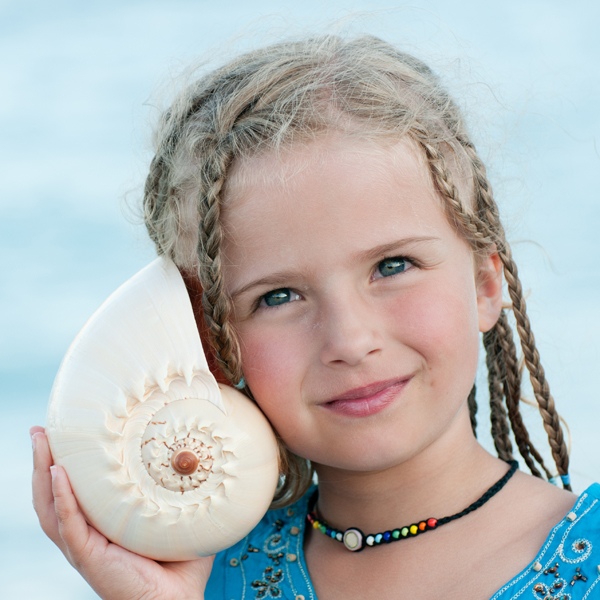Scar Revision/Hypertrophic Scar/Keloid Newport Beach
 Scars heal for up to a year after wound closure through different phases of wound healing. For the first year, scars can be softened through massage 2-3 times a day, 15 minutes at a time with lotion or Vaseline. Often, the scar becomes flatter and more pale with time. During the first months after surgery, sunscreen SPF 15 or higher should also be applied to the scar to minimize hyperpigmentation caused by ultraviolet light.
Scars heal for up to a year after wound closure through different phases of wound healing. For the first year, scars can be softened through massage 2-3 times a day, 15 minutes at a time with lotion or Vaseline. Often, the scar becomes flatter and more pale with time. During the first months after surgery, sunscreen SPF 15 or higher should also be applied to the scar to minimize hyperpigmentation caused by ultraviolet light.
If the scar still bothers the patient at one year after repair or wound closure, scar revision can be considered. At this time, evaluation by a plastic surgeon can help give the patient a realistic assessment of the possible outcome from a scar revision. During a scar revision, the scar tissue is removed completely, and the wound is closed in layers to minimize the tension on the skin surface and subsequent scar widening.
Hypertrophic scars are scars that widen over time due to tension or repeated movements, such as those found near joints. The scars can be softened by intra-lesional steroid injections, which produces an anti-inflammatory response to counter the hyper-dynamic wound healing that is seen in hypertrophic scars. Some side effects of steroids include causing tissue breakdown, increased blood glucose levels, and weight gain. Silicone pressure garments can also be used in the treatment of hypertrophic scars and is believed to be effective from both the pressure and hydro-negative effects of silicone.
Keloids differ from hypertrophic scars in that they do not respect the boundaries of the initial wound and often grow beyond these boundaries, whereas hypertrophic scars tend to stay within the initial wound boundaries. Keloids have no malignant potential but can often become disfiguring if they grow too large. They also occur more frequently in darker skin people and have a 60-70% recurrence rate with surgical removal alone. Combining either intra-lesional steroids or post-op low dose radiation with surgical removal can decrease the recurrence rate of the keloids to 25-30%. Moreover, pressure from clip-on earrings can decrease the recurrence rate of ear lobe keloids.
Please contact us for more information about scar revision, hypertrophic scars, keloids, or to schedule a consultation with Dr. Chen.

